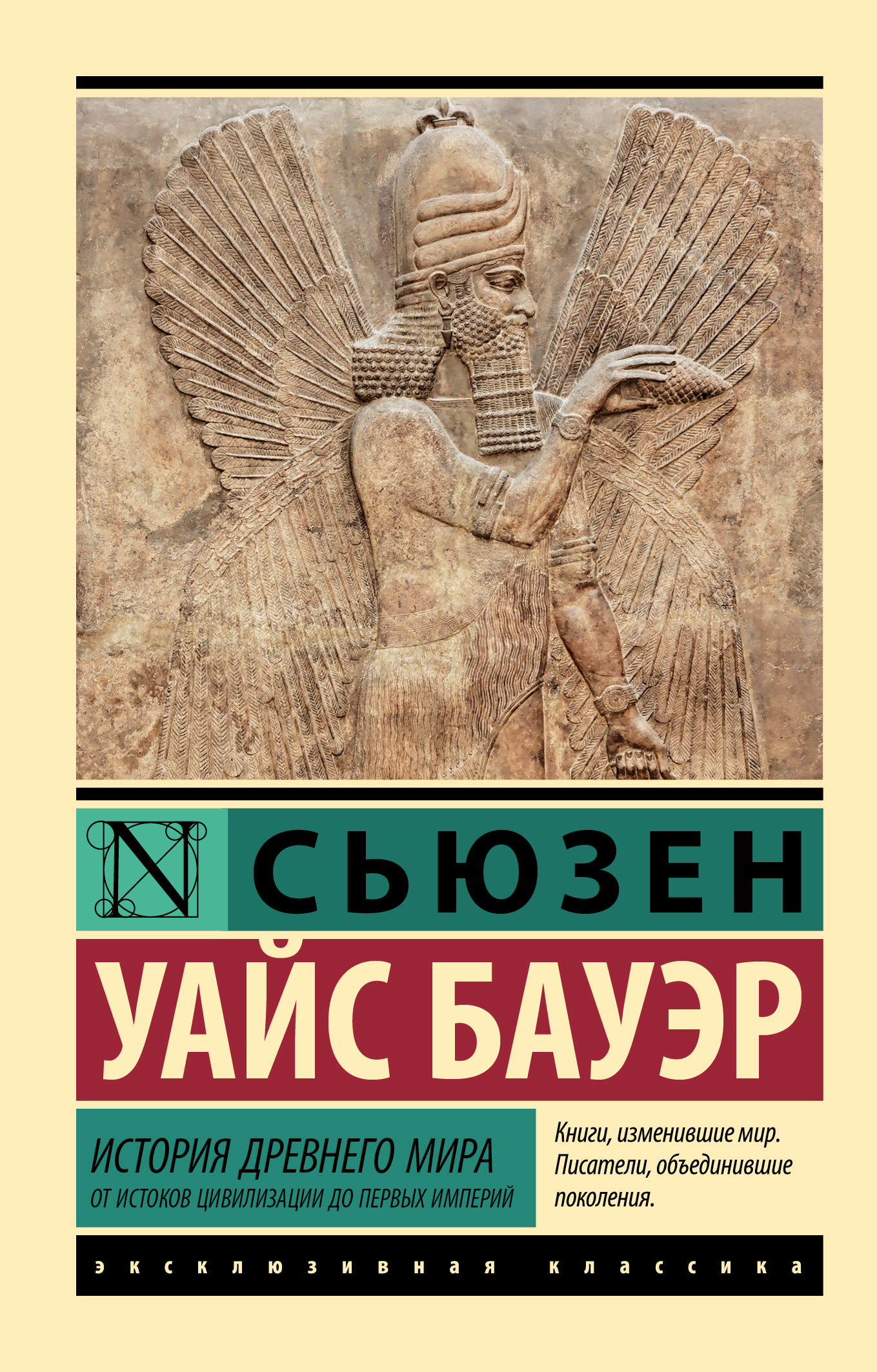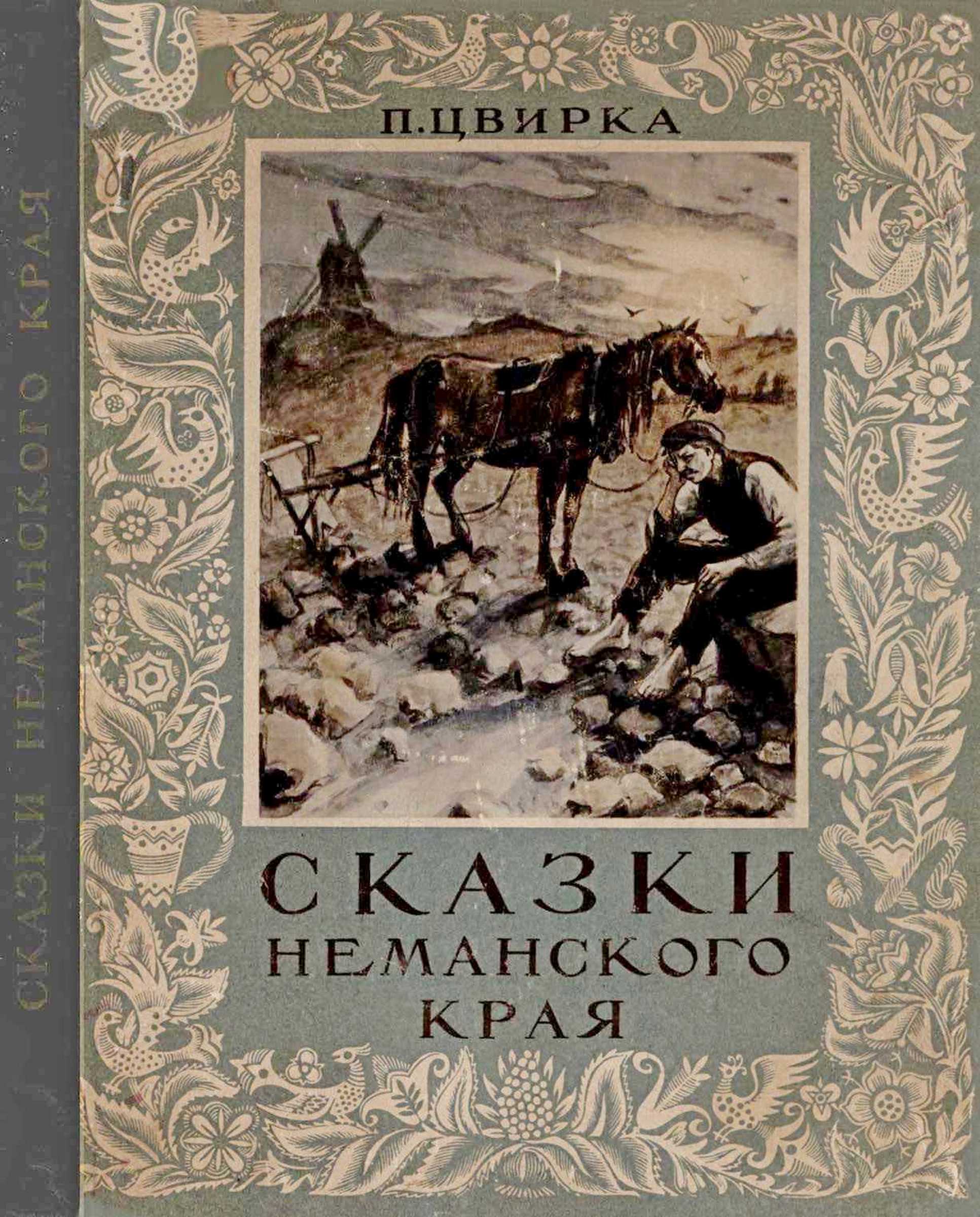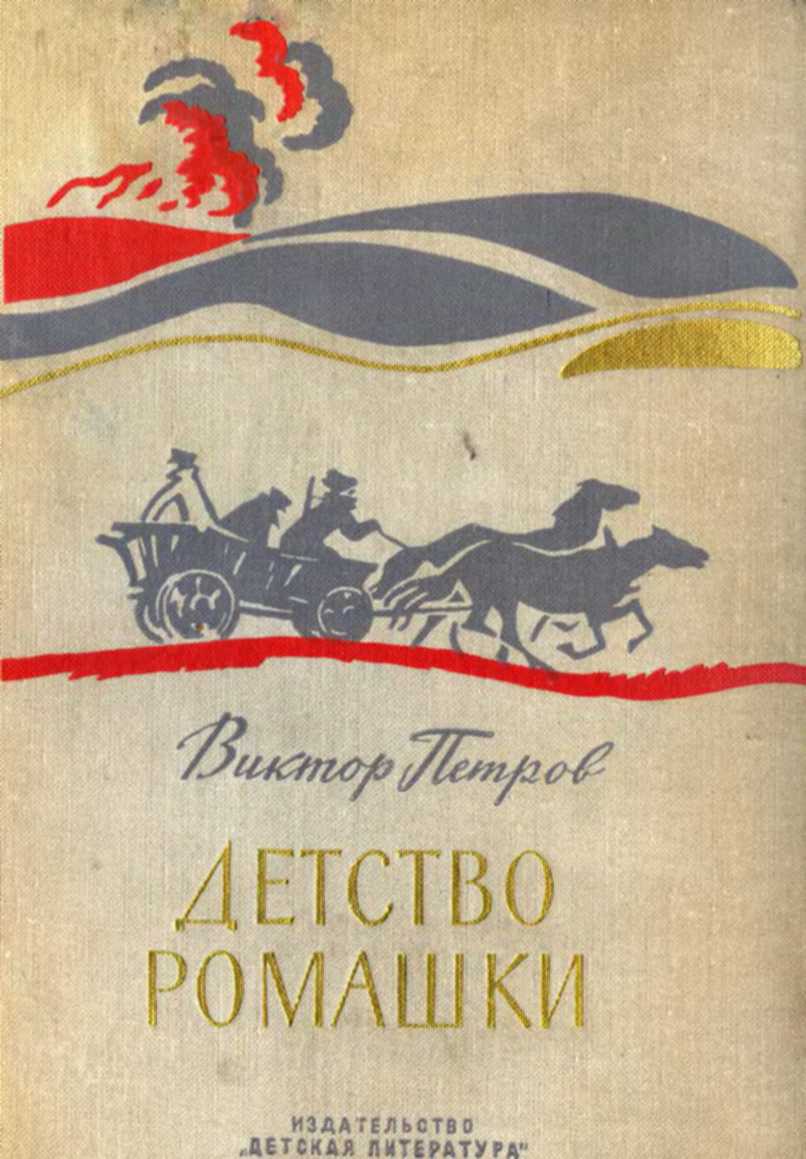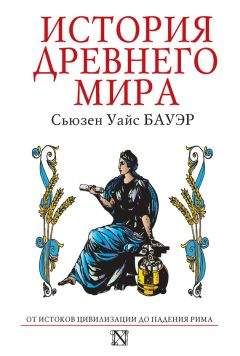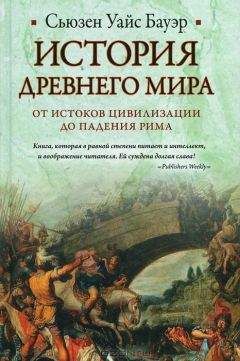class="p">191
Ibid., p. 76.
Ibid., p. 78.
Реконструкция Андре Парро из надписей Мари, приведено в: Jack M. Sasson, «The King and I: A Mari King in Changing Perceptions», Journal of the American Oriental Society 118:4 (1998), p. 454.
King, vol. 2, p. 176.
Pritchard, p. 142.
Norman Yoffee, «The Decline and Rise of Mesopotamian Civilization: An Ethnoarchaeological Perspective on the Evolution of Social Complexity», American Antiquity 44:1 (1979), p. 12.
Saggs, Babylonians, p. 101.
King, vol. 1, p. xxxvii.
Roaf, p. 121.
Shaw, p. 169.
Clayton, p. 93.
Josephus, Against Apion, 1.14.74–77, in The Works ofjosephus (1987).
Ibid., 1.14.85.
Redford, Egypt, p. 126.
George Steindorff and Keith C. Steele, When Egypt Ruled the East (1957), p. 29.
J. Lesley Fitton, Minoans (2002), p. 67.
Ibid., p. 104–105.
Ibid., p. 138.
Apollodorus, The Library (1921), 3.1.3–4 and 3.15.8.
Cyrus H. Gordon, The Common Background of Greek and Hebrew Civilizations (1965), p. 51–52.
Thucydides, The Landmark Thucydides: A Comprehensive Guide to the Peloponnesian War, translated by Richard Crawley (1998), 1.4–5.
Herodotus, 1.171.
Thucydides, 1.8.
Rodney Castleden, Minoans: Life in Bronze Age Crete (1990), p. 148.
Fitton, p. 166.
Christos G. Doumas, Them, Pompeii of the Ancient Aegean (1983).
Ibid., p. 134–135.
Ibid., p. 139.
Ibid., p. 147.
Wolpert, p. 21.
G. F. Dales, «The Mythical Massacre at Mohenjo Daro», in Ancient Cities of the Indus, ed. G. L. Possehl (1979), p. 291.
Gregory L. Possehl, «The Mohenjo-daro Floods: A Reply», American Anthropologist 69:1 (1967), p. 32.
Ibid., p. 35.
Romila Thapar, Early India: From the Origins to AD 1300 (2002), p. 87.
Julian Reade, «Assyrian King-Lists, the Royal Tombs of Ur, and Indus Origins», Journal of Near Eastern Studies 60:1 (2001), p. 27.
Wolpert, p. 27.
Ibid., p. 24.
Keay, p. 20.
Robert S. Hardy, «The Old Hittite Kingdom: A Political History», American Journal of Semitic Languages and Literatures 58:2 (1941), p. 180.
Trevor Bryce, Life and Society in the Hittite World (2002), p. 116–117.
G.G. Giorgadze, «The Hittite Kingdom», in Early Antiquity, ed. I. M. Diakanoff, trans. Alexander Kirjanov (1991), p. 271.
Bryce, p. 230.
Robert S. Hardy, p. 181.
Giorgadze, p. 272.
Robert S. Hardy, p. 194.
Хеттское «Завещание», более подробно см. в: Bryce, p. 11.
Bryce, p. 31.
Redford, Egypt, p. 134.
Leick, The Babylonians, p. 42.
Robert S. Hardy, p. 206.
Bryce, p. 107.
Слегка перефразировано из: Steindotff and Steele, p. 31.
Silverman, p. 30.
Clayton, p. 102.
Josephus, Against Apion, 1.14.
Lewis, p. 98.
Shaw, p. 216.
Redford, Egypt, p. 129.
Eliezer D. Oren, «The ‘Kingdom of Sharuhen’ and the Hyksos Kingdom», in The Hyksos: New Historical and Archaeological Perspectives, ed. Eliezer D. Oren (1997), p. 253.
Lewis, p. 98.
Dodson and Hilton, p. 127.
Clayton, p. 105.
Edward F. Wente, «Some Graffiti from the Reign of Hatshepsut», Journal of Near Eastern Studies 43:1 (1984), p. 52–53. Венте указывает, что надписи на стенах могут иметь и дополнительные истолкования.
E. P. Uphill, «A Joint Sed-Festival of Thutmose III and Queen Hatshepsut», Journal of Near Eastern Studies 20:4 (1961), p. 249–251.
I. V. Vinogradov, «The New Kingdom of Egypt», in Early Antiquity, ed. I. M. Diakonoff, trans. Alexander Kirjanov (1991), p. 178.
Ibid.
Ibid., p. 180.
Steindorfif and Steele, p. 58.
Ibid., p. 57.
Laessoe, p. 83.
Ibid., p. 87.
Steindorff and Steele, p. 63.
Robert S. Hardy, p. 206.
Ibid., p. 208.
Bryce, p. 28–29.
Laessoe, p. 89.
Redford, Egypt, p. 164.
Ibid., p. 167.
Alan R. Schulman, «Diplomatic Marriage in the Egyptian New Kingdom», Journal of Near Eastern Studies 38:3 (1979), p. 83.
Ch’ien, p. 43.
Kwang-Chih Chang, Shang Civilization (1980), p. 11.
Ch’ien, p. 45.
Arthur Cotterell, China: A Cultural History (1988), p. 16.
Chang, p. 10.
Quoted in Chang,
